Ancient Warfare is a unique publication focused exclusively on soldiers, battles, and tactics, all before 600 AD. Starting with ancient Egypt and Persia and continuing to the fall of the Western Roman Empire, Ancient Warfare examines the military history of cultures throughout Europe, the Middle East and parts of Asia and Africa. Ancient Greece and Rome receive the most frequent coverage, due both to the wealth of contemporary sources and the modern fascination with these two great civilizations. Subject-matter ranges from the familiar to the more obscure: while Alexander the Great, the Persian Wars and Caesar’s Gallic campaigns all receive regular coverage, Ancient Warfare also looks at some of the less common parts of ancient military history, from chariots as battle taxis to PTSD in antiquity.
Ancient Warfare magazine
EDITORIAL - Best-laid plans
Greek helmets retrieved from watery graves
PRELIMINARIES
The massacre at Potocani, ca.4200 BC
HAVE YOU READ?
ROMAN ADVENTURERS • Two impressive feats of Roman military exploration occurred in the reigns of Nero and Domitian: the search for the source of the Nile and the circumnavigation of Britain. What do we know of these expeditions into the unknown?
CRISIS OR CONSEQUENCE • In the second century AD, the Roman Empire reached its zenith in terms of culture and physical extent. The third century began in much the same way, although troubling signs were already apparent and the Empire risked collapsing in on itself or splintering apart.
DEVELOPMENTS OF THE 3RD CENTURY AD • A TIMELINE OF EVENTS (AD 200 – 300)
GUARDING THE RHINE • From AD 260 to 274, Gaul was an independent empire. It was able to postpone a military catastrophe for a decade and a half, but its defences are poorly understood. To understand what happened on the banks of the Rhine, the military historian needs all the evidence he can find.
The Milestone of Carausius
IMPERIUM BRITANNIARUM • While the Palmyrene and Gallic empires are better known third-century breakaway states due to the existential threat they posed to the Roman Empire, a more topical separatist state emerged in northern Gaul and Britain in 286: the Imperium Britanniarum.
The ‘Saxon Shore’
HORSE RACES FOR EMPIRE • The break between Aurelian’s Roman Empire and the rising power of Zenobia’s Palmyra set the stage for a showdown to decide who would rule the East. Cavalry forces played a central role in this conflict. Spurred by the ‘Crisis of the Third Century’, Rome and Palmyra developed powerful cavalry forces in response to overcome the various threats they faced. During the subsequent battles at Immae and Emesa, the fate of both empires rested on their cavalry forces and their approach to mounted combat.
A BRIEF EMPIRE OF GRAIN • There was a little-known but serious revolt in late third century Egypt, in which Domitius Domitianus seized and held Egypt for six months, holding out in Alexandria for a further year.
The Panopolis Papyri
THE STELE OF DEXILEOS • Battle scenes on funerary monuments in both archaic and classical Greece are rare. Those for cavalry are even more exceptional. As a marker of wealth and status, personal grave monuments served as propaganda for the deceased and their family. One impressive funerary stele, known as the Dexileos relief, is singular due to the context in which it was created and the political messages it carries.
SLEEPLESS NIGHTS • The image of military commanders spending sleepless hours pondering military problems, or a sleepless night before battle on the morrow, is familiar. The idea is present in Shakespeare’s plays and in many films. The origins of such conduct stretch back to the ancient world, and there are several examples of such behaviour. What is more, in several cases we know what ancient generals...
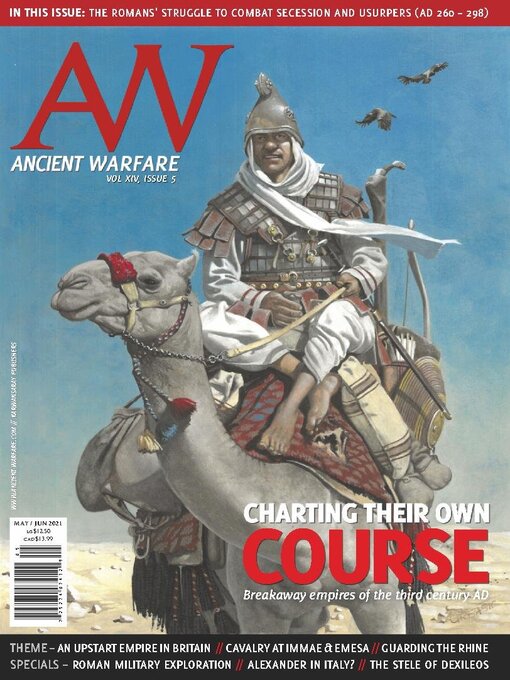
 AW XVII.2
AW XVII.2
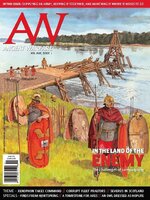 AW XVII.1
AW XVII.1
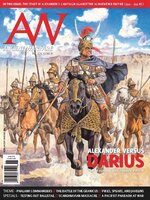 AW XVI.6
AW XVI.6
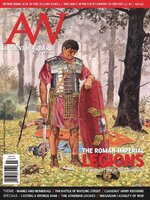 AW XVI.5
AW XVI.5
 AW XVI.4
AW XVI.4
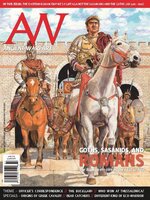 AW XVI.3
AW XVI.3
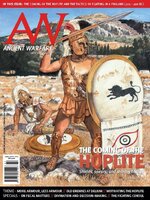 AW XVI.2
AW XVI.2
 AW XVI.1
AW XVI.1
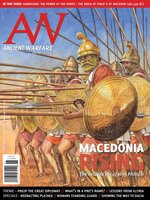 AW XV.6
AW XV.6
 AW XV.5
AW XV.5
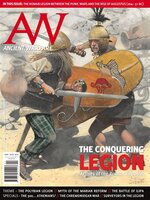 AW XV.4
AW XV.4
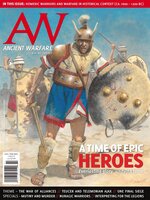 AW XV.3
AW XV.3
 AW XV.2
AW XV.2
 AW XV.1
AW XV.1
 AW XIV.6
AW XIV.6
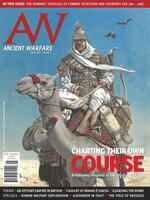 AW XIV.5
AW XIV.5
